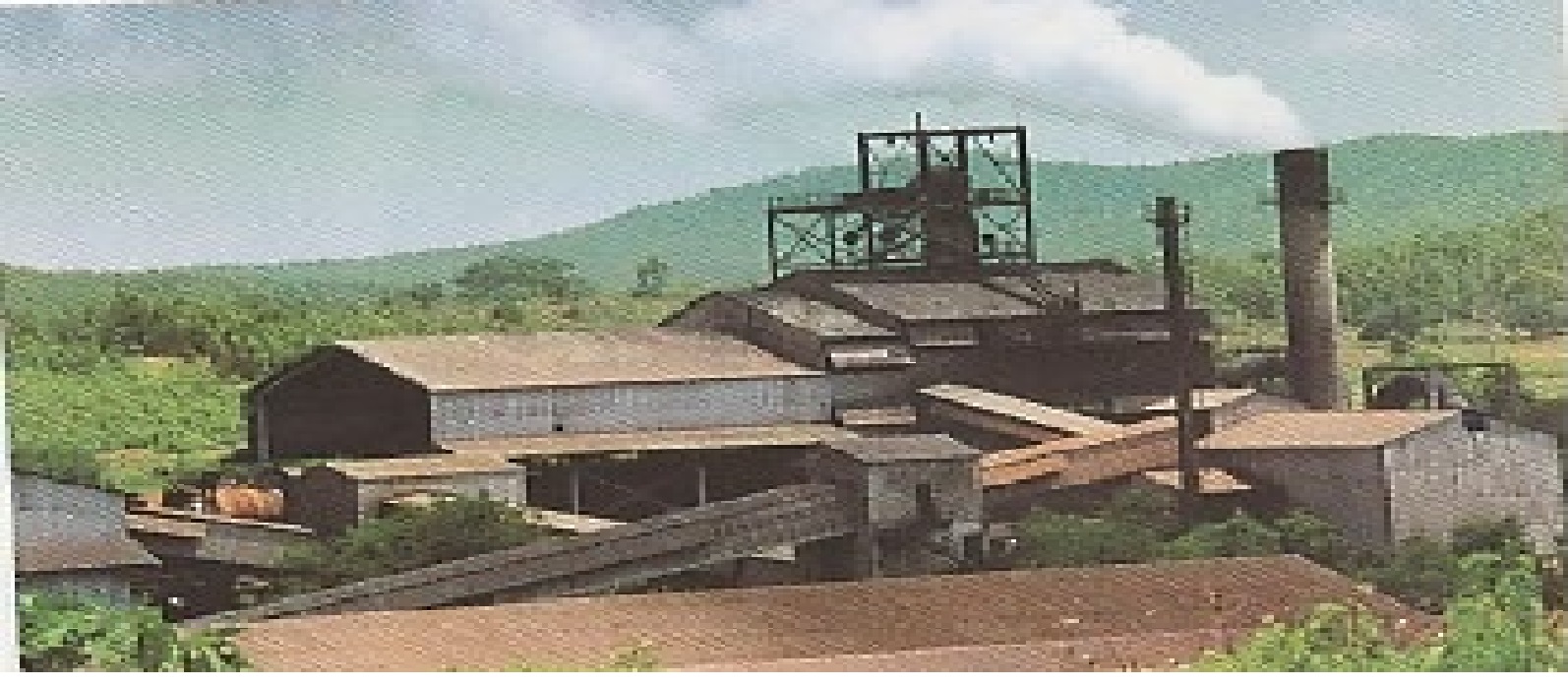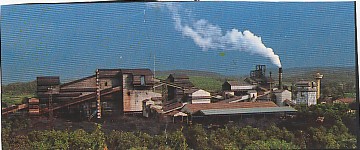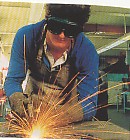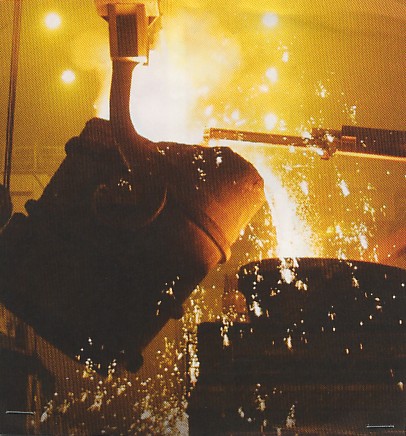







Production of sponge iron is another alternative of pig iron for further production of steel. Sponge iron is directly reduced iron in the solid state. Iron ore is reduced with the help of coal and limestone in rotary kiln at 700-1000' C. The oxygen present in the iron ore is separated through reduction of carbon and metallic iron content is raised above 90% of iron. The sponge iron is melted in the electric arc furnace and induction furnace to produce mild steel and special alloy steel. In the absence of coking coal and good quality iron ore, the sponge iron technology became popular. The use of non coking coal and natural gas as the reducing agent helped in production of sponge iron
The sponge iron became an important raw material for the production of steel. Henry Bessemer was the pioneer of sponge iron technology. The sponge iron technology was Improved and further developed after the Second World War. This technology is also known as direct reduced iron or DRI technology. Two types of sponge iron technology became popular.
One is based on solid coal powder and the other is based on gas based technology. The physiochemical principles of reduction of iron ore in solid state are very complex.
The reducing agent used in the direct reduction process is natural gas, naptha gas and coal. The main reactions are given as follows:
Fe2O3 + 3CO -> 2Fe +3CO2
Fe2O3 + 3H2 -> 2Fe + 3H2O
Natural gas is used in place in place of carbon monoxide and hydrogen. So the natural gas breaks as follows as mentioned in the reaction :
CH4 +H2O -> CO+3H2
When coal is used, following reaction takes place
Fe2O3 + 3C -> 2Fe + 3CO
All these reactions are endothermic in nature. Heat is to be provided for completion of the reaction. The heat transfer from reducing agent to iron ore plays
a significant role in producing sponge iron